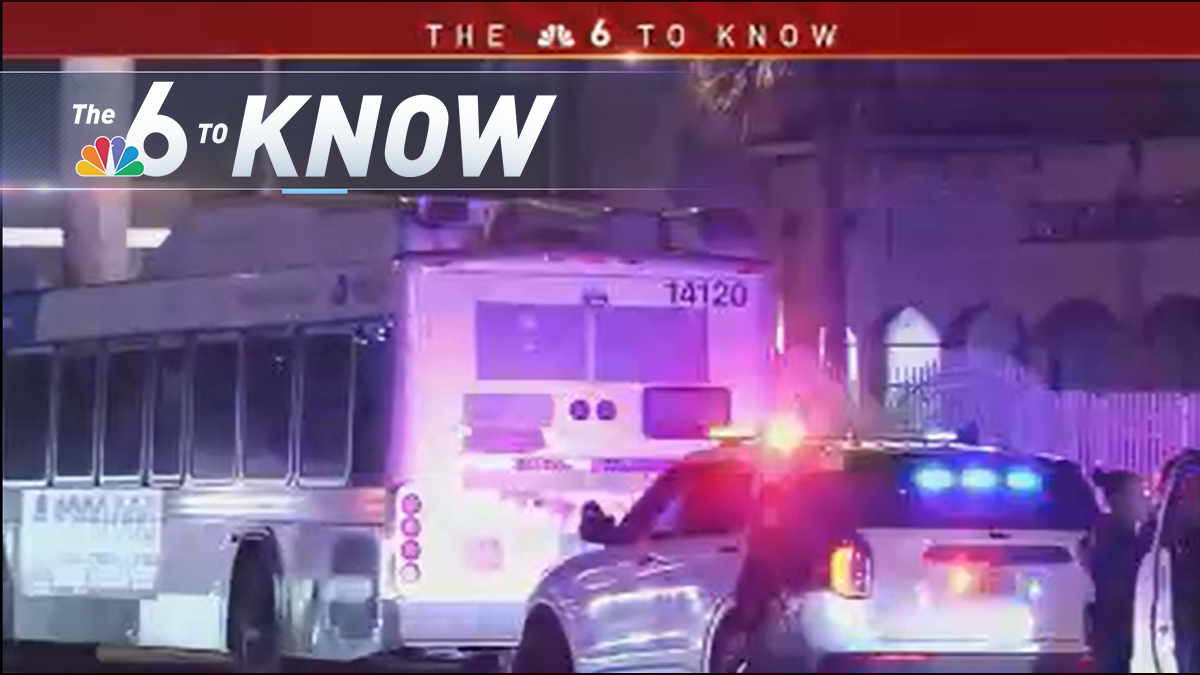NBC6 Sheli Muñiz introduces you to two young, local survivors, with two different outcomes, but the same warning.
It’s happening to younger and younger people, the Centers for Disease Control and Prevention said last year: strokes.
Once upon a time, it was thought to just impact those over 65 years old. Not anymore. NBC6 introduces you to two young, local survivors, with two different outcomes, but the same warning.
Watch NBC6 free wherever you are
“The night before the stroke, I felt a little bit of neck pain. And leading up after the neck pain, my vision was actually the biggest sign that something was off,” said Alfin Jeyaseelan.
Jeyaseelan was just 25 years old when he started feeling off last fall, but a stroke was the last thing on his mind. As the day progressed, however, so did symptoms affecting his speech and mobility. Then doctors at Cleveland Clinic made a discovery.
Get local news you need to know to start your day with NBC 6's News Headlines newsletter.
He said doctors told him, "There's a fairly large blood clot in his brain stem, and it's traveling up the brain, and this is very time-sensitive, so the sooner we get this clot out, the sooner we can prevent any permanent damage."
“The perception is that the only people who have strokes are older people. You know, 60, 70, 80, 90. However, about 18 percent of strokes happen in young people, and this percentage is rising,” Dr. Michal Obrzut, director of Neurointerventional Radiology at Cleveland Clinic Weston, told NBC6.
Obrzut says the problem is when a young person is having a stroke, they think it’s something else.
Local
“That I didn’t get help in 20 hours and I’m OK is quite the miracle,” said Alfin.
Brant Farrell had his own harrowing experience days after the 41-year-old played a hockey game, something he did all the time.
“Now I’m better every day. I couldn't talk. I couldn't talk, but now I can say some things,” he said with some difficulty, while smiling at his wife, Dawn.
She recalled the day of the stroke to NBC6.
“He collapsed on me. He went blank, like he didn't go unconscious, but he just went blank. He couldn't speak. He couldn't function,” she said.
Once at the ER, a stroke awareness sign hanging up was Dawn’s first clue into her husband’s diagnosis. A CT scan revealed an artery completely blocked. Despite complications, Brant is back on the ice with recovery progressing and a focus on his speech.
“Reading and writing is hard, but yes, it’s better. Yes, better every day,” said Farrell.
Stroke is the fifth leading cause of death in the U.S. and contributes to the most long-term disabilities.
“A lot of it is because there's a higher incidence of high blood pressure, diabetes. You know, a lot of it is the sedentary lifestyle, so that is really the driving force behind the increase in strokes. But the most common cause of strokes in young people is actually an injury to an artery, a dissection,” said Obrzut.
When it comes to the symptoms of strokes, remember the acronym F.A.S.T.
It stands for:
- Face droop
- Arm weakness
- Speech difficulty
- Time to call 911
“You see something that’s not right. Go check it out,” Brant said.



